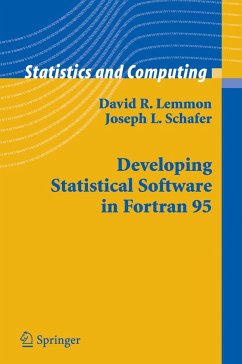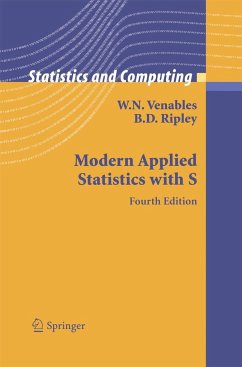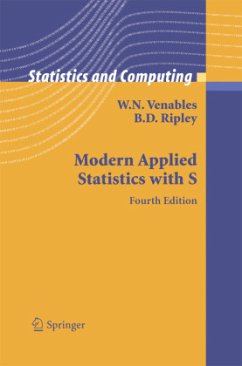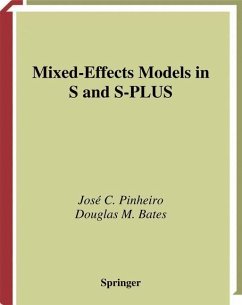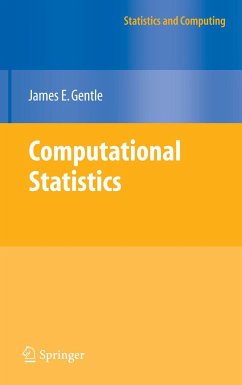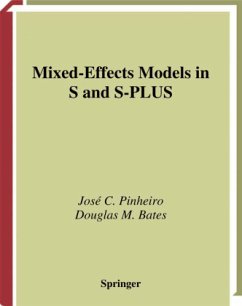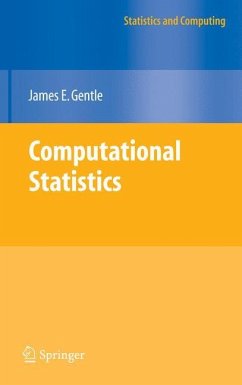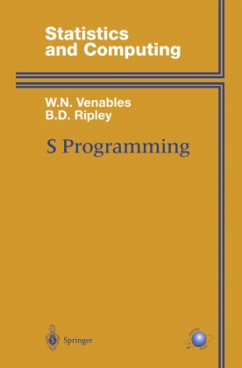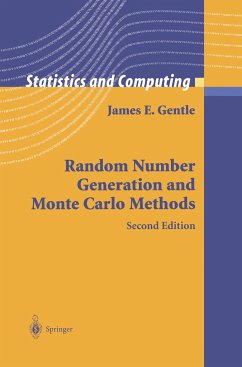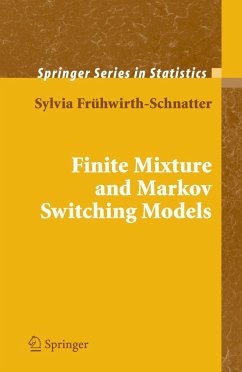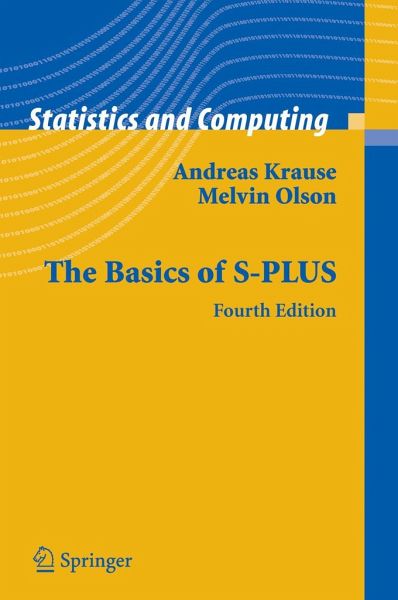
The Basics of S-Plus

PAYBACK Punkte
51 °P sammeln!
Thisisnowthefourtheditionof"TheBasicsofS-Plus"since1997.S-Plus saw a steady growth in popularity, and it established itself in many edu- tional and business places as a major data analysis tool.S-Plus is valued for its modern, interactive data analysis environment, whether it is the p- mary system or a complement to other standards like SAS (the latter is in particular true for the industry we work in, pharmaceuticals). We have followed the various releases with new editions of our book, introducing over time major changes like the incorporation of S Version 4 (the underlying language), Trelli...
Thisisnowthefourtheditionof"TheBasicsofS-Plus"since1997.S-Plus saw a steady growth in popularity, and it established itself in many edu- tional and business places as a major data analysis tool.S-Plus is valued for its modern, interactive data analysis environment, whether it is the p- mary system or a complement to other standards like SAS (the latter is in particular true for the industry we work in, pharmaceuticals). We have followed the various releases with new editions of our book, introducing over time major changes like the incorporation of S Version 4 (the underlying language), Trellis graphs, a graphical user interface, in particular for the Windows operating system, and a chapter on R and its di?erencestoS-Plus(thatareminorforthematerialcoveredinthisbook). Thiseditionisanupdatefromedition3tocovernewfunctionsandfeatures ofS-Plus Version 7.0 (working from the beta release for MS Windows and Linux), adding more practical tips and examples, and correcting a few mistakes. We are very grateful to all our readers, in particular those sending us suggestions, comments, and any other kind of feedback. You will see some of these re?ected in the book.





